There is always more to Amish furniture than meets the eye. Whether you’re talking about the expert craftsmanship, the high-quality stain, or the joinery, there is always something amazing to see, and the best Amish furniture can last a lifetime. Today we are going to take a quick look at the joints that hold Amish furniture together and delve into how it all works.
Dado Joints – The Staple of Amish Furniture
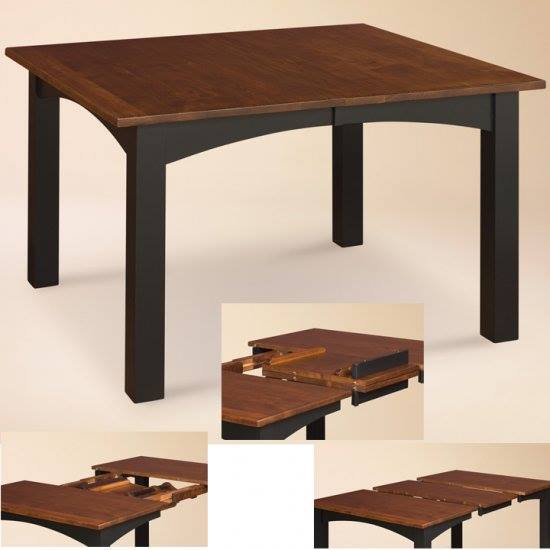 A dado joint is simply a slot that is cut into a piece of wood, and from the cross-section, it has three sides. Dado’s joints are cut perpendicular to the grain and it has a few different types:
A dado joint is simply a slot that is cut into a piece of wood, and from the cross-section, it has three sides. Dado’s joints are cut perpendicular to the grain and it has a few different types:
Through Dado – Passes through the surface with ends remaining open
Stopped Dado – One or both ends stop before the edge of the surface.
Dados are used to connect shelves in most cases, so, for example, you could be using it to build a bookcase, or you might simply be building a pantry in your kitchen.
The Dovetail Joint
This is usually referred to simply as a ‘dovetail’, and it is a joint well known for its tensile strength. For this reason, you will usually find it in drawers or other pieces that will be under constant stress. The joint features a series of tails, each tail matching up to a slot. Once these are glued together, the joined is permanent and does not require any additional mechanical fastener. Its strength makes it a driving force in many pieces of Amish furniture for sale and will help to ensure that the furniture piece in question lasts for many years to come.
Finger Joints – A Popular but Weaker Joint
This is one of the most popular woodworking joints in the industry and it is much like a dovetail joint, but without the angling on the pins. Instead, the pins are square and do not have the same mechanical strength of their sister joint. This is not the most common joint in Amish furniture but it may be used in pieces that will not see a lot of stress – it all depends on the situation and the builder’s prerogative.
These are three common types of joints used in Amish furniture online and in pieces at any physical Amish furniture store. The omission of butt joints and other low-quality joinery methods have helped to ensure that Amish furniture will not only look great but will stand the test of time! If you want quality pieces for your home, and if you want something that you can pass down from generation to generation, then you’ve come to the right place, and you certainly have the right furniture. Look through our store and start planning your next renovation or remodel.

 (763)498-7730
(763)498-7730 Livechat
Livechat


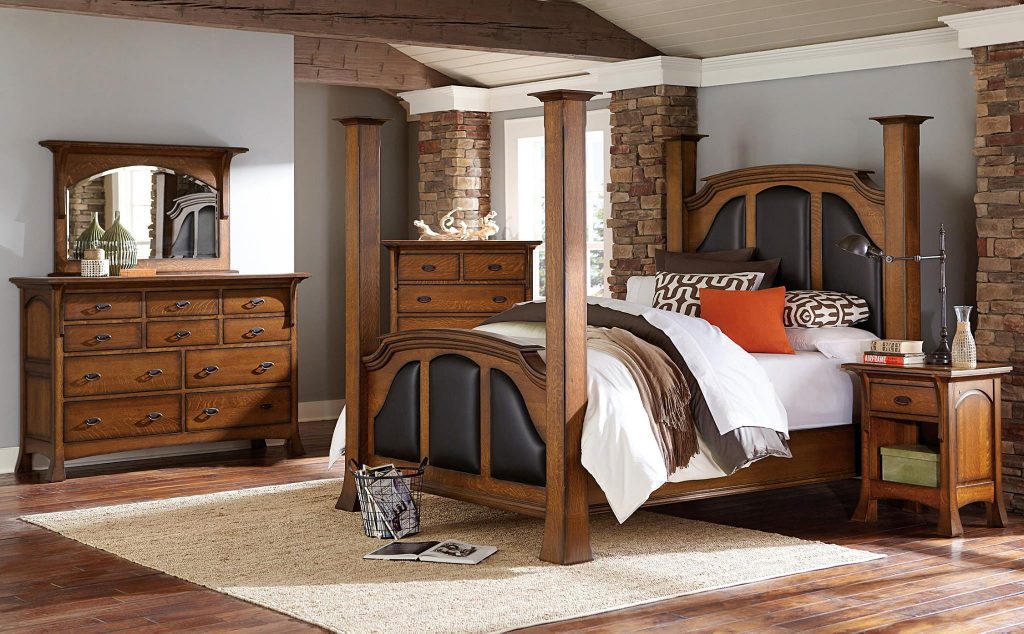 Once you figure out
Once you figure out 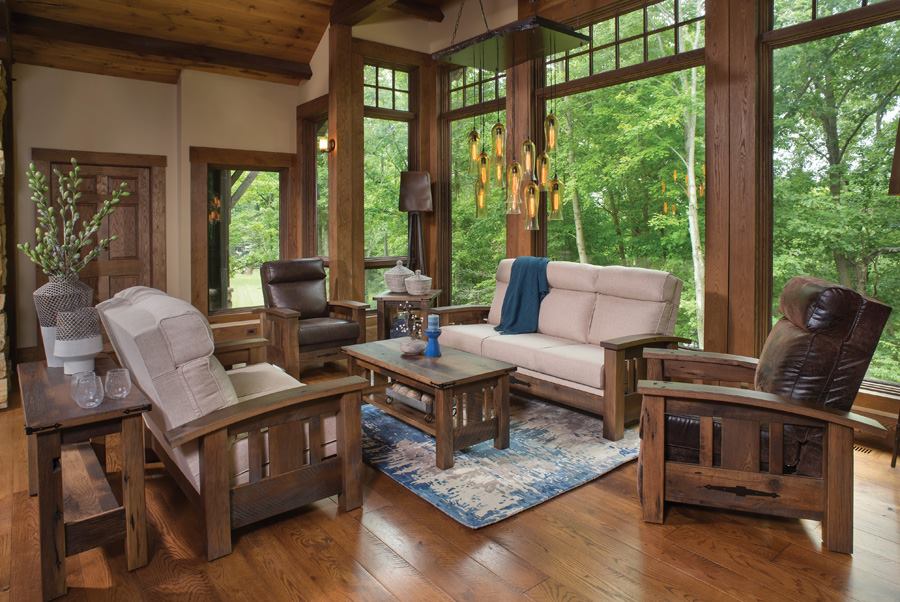 You want your waiting room to be easy on the eyes but you also want to make sure that it looks professional. If you need your area to look a little more modest then we would strongly recommend that you start with the Mission style of Amish furniture as it is not nearly as ornate as Shaker. This, of course, all depends on the type of atmosphere that you want to build. You can look through
You want your waiting room to be easy on the eyes but you also want to make sure that it looks professional. If you need your area to look a little more modest then we would strongly recommend that you start with the Mission style of Amish furniture as it is not nearly as ornate as Shaker. This, of course, all depends on the type of atmosphere that you want to build. You can look through 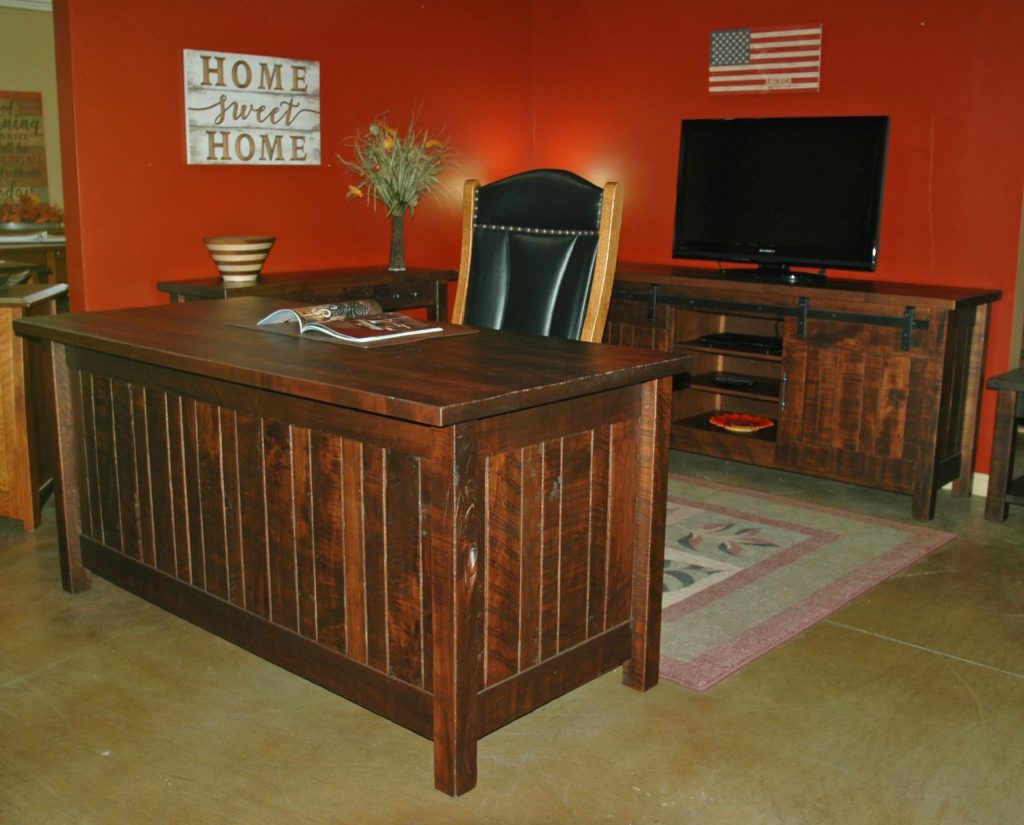 As you look at our
As you look at our 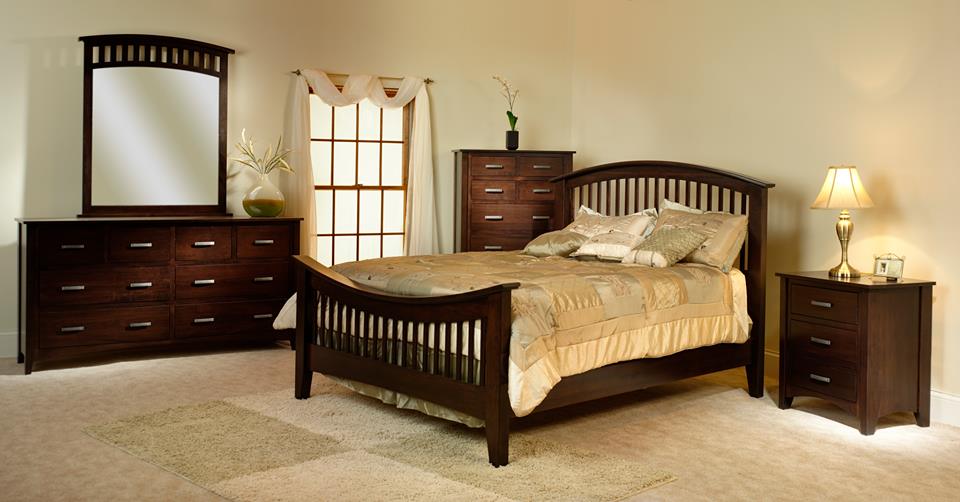
 Veneer is not a solid wood – it is a thin layer of hardwood that normally measures 1/8 of an inch thick. In most cases, it is bonded or glued to a cheaper surface, or, in many cases, a particle board. In other words, it looks good, but once you get beneath the surface, it’s a far cheaper piece of furniture. This practice allows furniture to be built at a lower cost an will still retain the beauty of the solid wood furniture.
Veneer is not a solid wood – it is a thin layer of hardwood that normally measures 1/8 of an inch thick. In most cases, it is bonded or glued to a cheaper surface, or, in many cases, a particle board. In other words, it looks good, but once you get beneath the surface, it’s a far cheaper piece of furniture. This practice allows furniture to be built at a lower cost an will still retain the beauty of the solid wood furniture.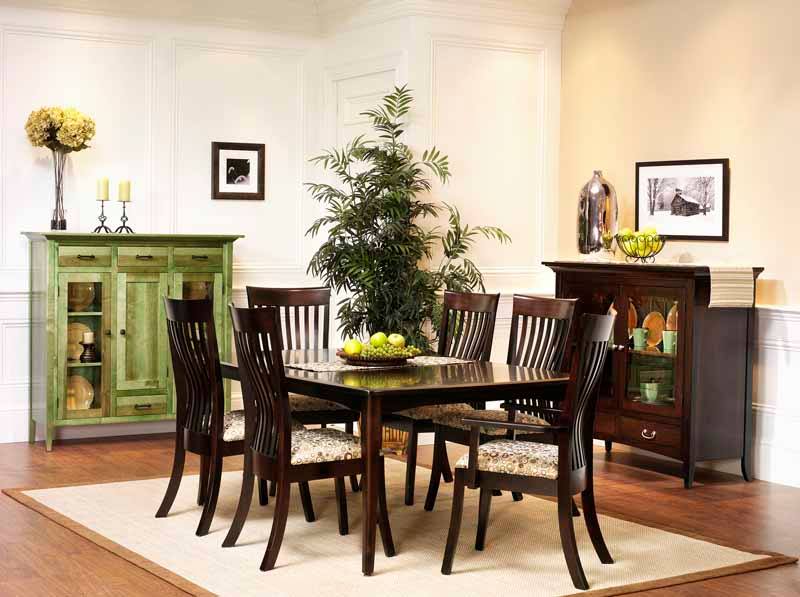 While you won’t find any painted pieces at an
While you won’t find any painted pieces at an 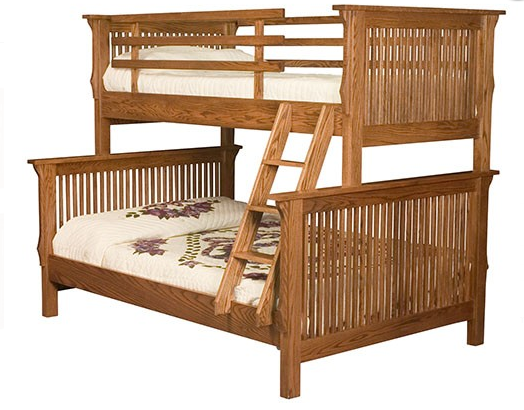 The single most important piece of Amish furniture that you can buy for your new child is going to be a crib. It’s where they’ll sleep, it’s where they’ll nap, and it may even become their time out spot. You need a crib that is going to look good but you also need one that is going to stand up to the constant abuse that most pieces of children’s furniture face. The Amish furniture that you buy online fits the bill and will last a lifetime.
The single most important piece of Amish furniture that you can buy for your new child is going to be a crib. It’s where they’ll sleep, it’s where they’ll nap, and it may even become their time out spot. You need a crib that is going to look good but you also need one that is going to stand up to the constant abuse that most pieces of children’s furniture face. The Amish furniture that you buy online fits the bill and will last a lifetime.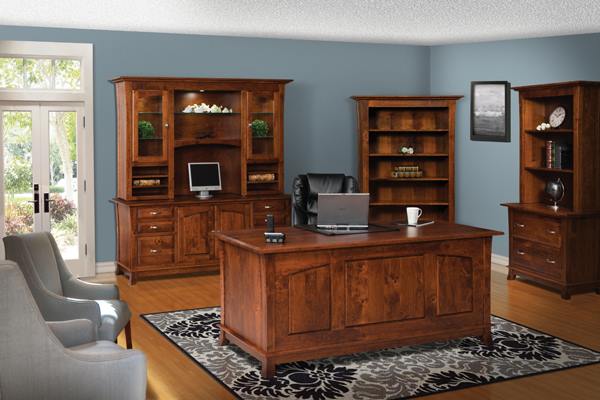 The
The  While traditional dining chairs are always going to be in style, you are definitely going to like the idea of dining table benches. In our store, you’ll find a great selection of extendable benches that are about 18” tall and can be made to accommodate several people or nearly any size table. These benches are comprised of solid hardwood, and can even be made custom if you call ahead and discuss prices with us. It’s a different way to dine in a more informal setting.
While traditional dining chairs are always going to be in style, you are definitely going to like the idea of dining table benches. In our store, you’ll find a great selection of extendable benches that are about 18” tall and can be made to accommodate several people or nearly any size table. These benches are comprised of solid hardwood, and can even be made custom if you call ahead and discuss prices with us. It’s a different way to dine in a more informal setting.